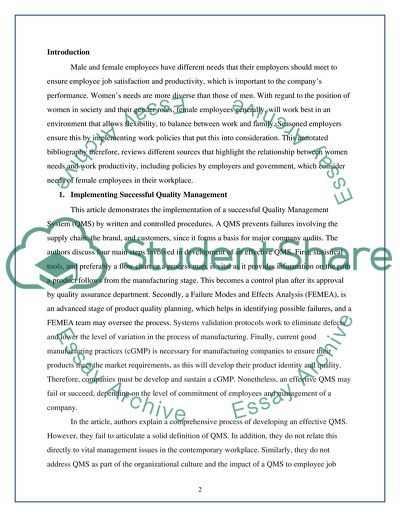Cite this document
(“Women and Work Annotated Bibliography Example | Topics and Well Written Essays - 3250 words”, n.d.)
Women and Work Annotated Bibliography Example | Topics and Well Written Essays - 3250 words. Retrieved from https://studentshare.org/social-science/1611816-women-and-work
Women and Work Annotated Bibliography Example | Topics and Well Written Essays - 3250 words. Retrieved from https://studentshare.org/social-science/1611816-women-and-work
(Women and Work Annotated Bibliography Example | Topics and Well Written Essays - 3250 Words)
Women and Work Annotated Bibliography Example | Topics and Well Written Essays - 3250 Words. https://studentshare.org/social-science/1611816-women-and-work.
Women and Work Annotated Bibliography Example | Topics and Well Written Essays - 3250 Words. https://studentshare.org/social-science/1611816-women-and-work.
“Women and Work Annotated Bibliography Example | Topics and Well Written Essays - 3250 Words”, n.d. https://studentshare.org/social-science/1611816-women-and-work.


